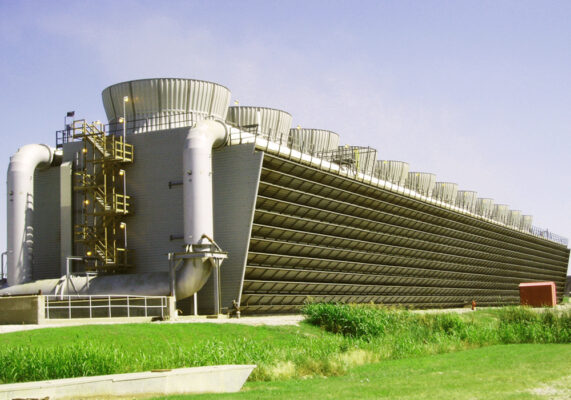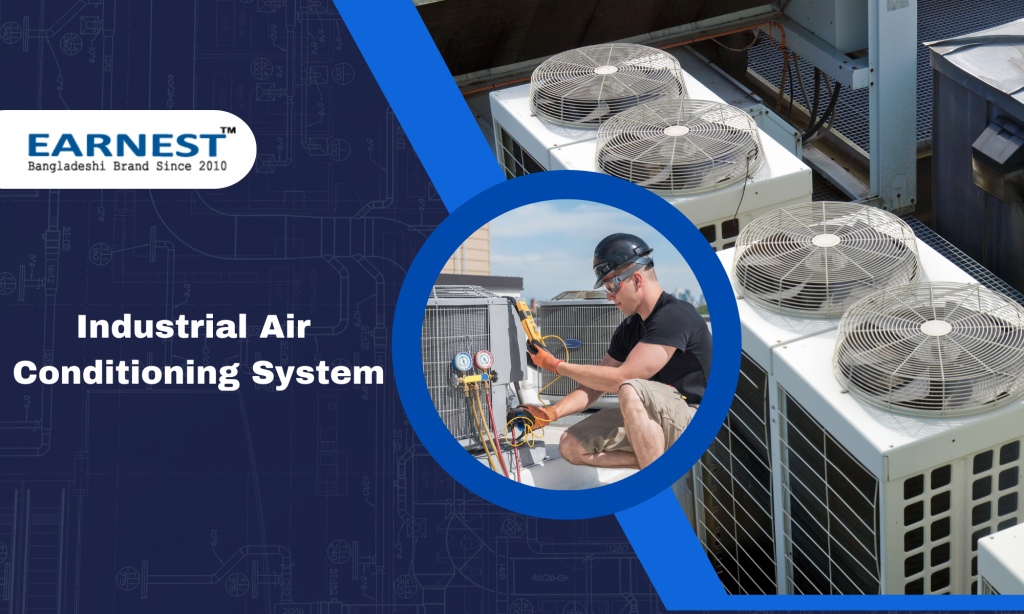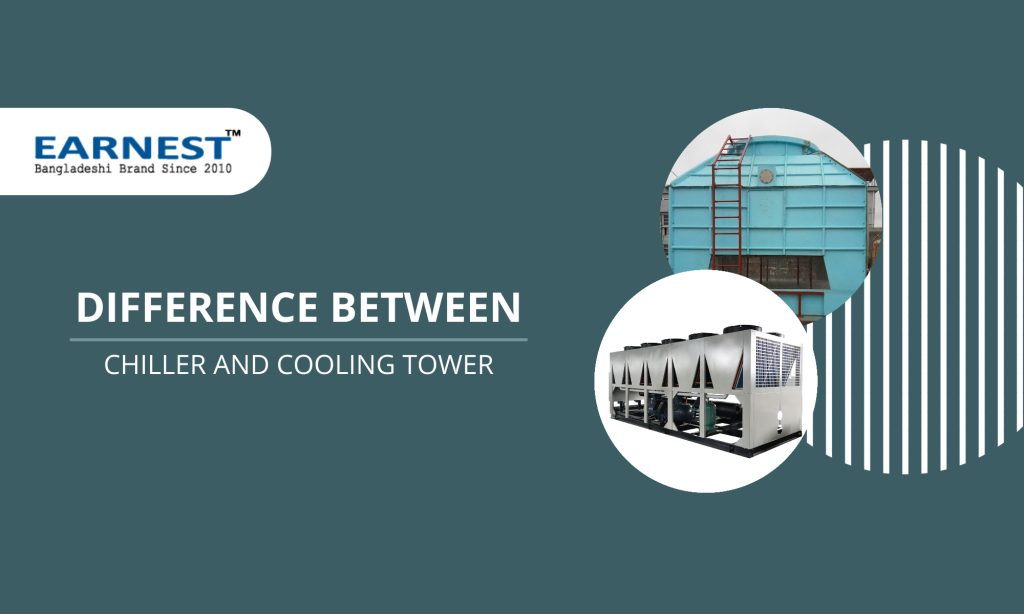Despite being present in most buildings, the purpose of a cooling tower is often neglected, at least until your premises get uncomfortably hot. For instance, looking down a high-rise building, you may notice square units stuck to the outside with fans on them. These are just one example of several cooling tower types, but they have many more applications.
Cooling towers are essential in maintaining an ideal temperature by transferring excess heat from one area to the atmosphere using a circulating coolant. If you happen to be in search of one, you will need to know how they work and the different shapes you will have to choose from.
How a Cooling Tower Works
When a piece of equipment or space in a building gets hot, water circulating around the area through air conditioning systems gets heated and is transferred to the cooling tower. Here, the hot water is exposed to cooler air at which point some of the water evaporates. This process requires latent heat, which is extracted from the warm water by convection and radiation, thereby lowering its temperature.
The cooling tower itself is comprised of several components, the most important being the fill and distribution systems. Warm water coming into the tower is spread across the fill material through nozzles to increase surface area and facilitate more evaporation. As the cooler air is heated by the warm water, it becomes less dense and leaves through a discharge at the top. Airflow can be achieved naturally, induced using a rotating fan or pumped from the bottom of the tower.
Shapes of Cooling Towers
Cooling towers are designed in 2 forms – square and round. The difference in shape creates different impacts on the functionality of the cooling tower, and you need to know what each shape could mean to you.
Round Cooling Tower
Also referred to as bottle-type cooling towers, they appear in a cylindrical design usually as a hyperboloid structure. This shape is very effective at allowing warmer air to leave the cooling tower and prevent recirculation. However, a round cooling tower with an active crossflow mechanism does not need to be a hyperboloid.
Rounded cooling towers have several benefits including:
- they are more efficient at transferring energy because the shape does not have corners that could allow dead air packets to build.
- air draughts that carry warmer air occur smoothly for the same reason thus improving the process.
- without corners, air currents flow smoothly around the surface and the tower can withstand huge wind loads.
On the other hand, the circular structure also poses some challenges, leaving room for the next design.
Square Cooling Tower
Square type cooling towers appear simply as boxes and can vary in size depending on the requirements of the space or equipment. And although the name suggests a perfect square, they are usually cuboid in shape. Such designs have become very commonplace nowadays for several reasons:
- since most buildings and structures are cuboid, square cooling towers have a better, more suitable appearance on the overall design.
- it is easier to place multiple units side by side without wasting any space as you would if you used round cooling towers.
- regular maintenance is easier to perform thus keeping their life expectancy longer over time.
- they do not produce noise, which is important to residential and commercial buildings.
The main downside to square towers is that the cost of creating one is higher than with a circular tower.
How to Choose the Best Shape for You
Because both cooling tower designs have notable merits, the decision should be made based on certain criteria. Regarding cost, square towers are generally pricier than rounded ones, but the cost can be made up in the life expectancy of the tower. Since it’s easier to maintain and repair square towers, it is possible to extend its life expectancy well beyond 15 years whereas this would be difficult to do on cylindrical designs. Therefore, square towers would make more sense if you intend to cool your home or equipment for a long time with regular maintenance.
Space is another important consideration, an area in which square cooling towers also shine. Rounded towers are more common in large scale projects with high demands and extensive space, while square towers can fit into any space. This is why most buildings have a square tower.






